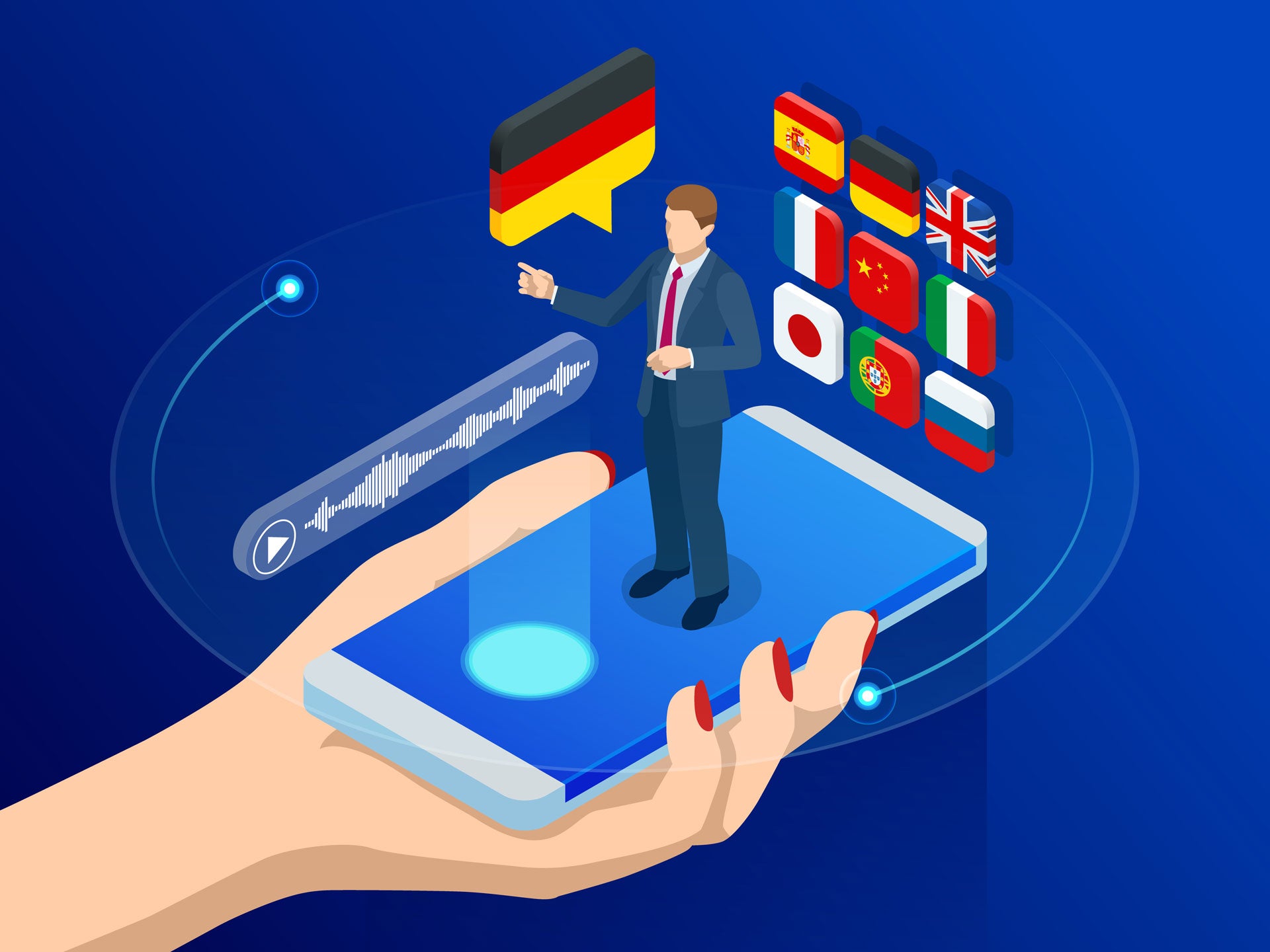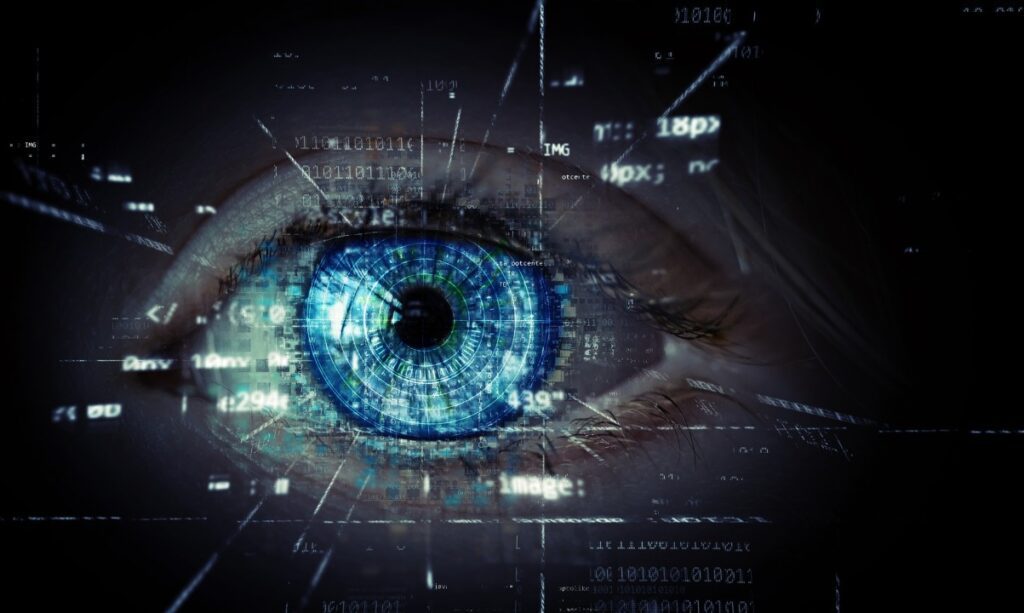Introduction:
Translation is an intricate and essential aspect of human communication, enabling people from different linguistic backgrounds to connect and share ideas. Beyond its apparent role, translation harbors a wealth of fascinating facts that unveil its complexity and importance in our globalized world. In this exploration, we delve into 10 amazing facts about translation that will undoubtedly make you ponder the intricacies of language and the art of conveying meaning across cultures.
10 amazing facts about translation
- Ancient Roots of Translation: Translation is as old as the written word itself. Historical records indicate that ancient civilizations such as the Greeks, Romans, and Egyptians engaged in translation activities, converting texts from one language to another. The famous Library of Alexandria in ancient Egypt was a hub for translation, where scholars worked diligently to render works from various languages into Greek, the lingua franca of the time.
- The Bilingual Brain Advantage: Research has shown that individuals who are bilingual or multilingual possess cognitive advantages over monolingual counterparts. The constant need to switch between languages and navigate complex linguistic structures strengthens the brain’s executive functions, leading to improved problem-solving skills, multitasking abilities, and even resistance to certain neurodegenerative diseases.
- Lost in Translation: The phrase “Lost in Translation” is not just the title of a famous movie; it reflects a genuine challenge in the world of translation. Language nuances, cultural references, and idioms often defy direct translation, creating the potential for misunderstandings. Translators face the daunting task of preserving the essence and cultural context of the source text, even when certain elements resist a straightforward conversion.
- The Tower of Babel Effect: The biblical story of the Tower of Babel describes a world in which everyone spoke the same language until a divine intervention resulted in the dispersion of humanity and the emergence of diverse languages. While a literal Tower of Babel incident never occurred, the concept underscores the power of language to shape human history and the subsequent need for translation to bridge linguistic gaps.
- Machine Translation Revolution: The advent of artificial intelligence has ushered in a new era of machine translation. Technologies like neural machine translation (NMT) leverage deep learning algorithms to improve translation accuracy and efficiency. While machines can handle routine translations, the human touch remains irreplaceable for tasks requiring cultural sensitivity, creativity, and a nuanced understanding of context.
- Literary Translation Challenges: Translating literature involves a unique set of challenges. Literary translators must not only convey the literal meaning of the text but also capture the author’s style, tone, and artistic nuances. The translation of literary works is often a delicate dance between fidelity to the original and adaptation to the target language’s cultural and literary norms.
- United Nations: The Tower of Multilingualism: The United Nations is a microcosm of the world’s linguistic diversity. With six official languages—Arabic, Chinese, English, French, Russian, and Spanish—the UN relies on a vast army of interpreters and translators to facilitate communication among its member states. This multilingual approach aims to ensure that all nations can actively participate and contribute to global discourse.
- Language Extinction Crisis: The world is currently experiencing a language extinction crisis. As globalization accelerates, many languages are disappearing at an alarming rate. With each language lost, a unique cultural perspective vanishes. Translators and linguists play a crucial role in documenting and preserving endangered languages, preventing the loss of linguistic and cultural diversity.
- The Interpreter’s Diplomacy Dance: Interpreters in diplomatic settings face high-stakes situations where precision is paramount. Their role goes beyond linguistic fluency; they must navigate diplomatic protocols, understand cultural nuances, and maintain impartiality. The success of international diplomacy often hinges on the skillful interpretation that fosters clear communication and mutual understanding.
- Translation in Space: As humanity explores space, the need for interstellar communication arises. The challenges of conveying meaning across potential extraterrestrial languages pose intriguing questions. Scientists and linguists contemplate the role of universal symbols and mathematical languages in establishing communication with extraterrestrial intelligences, emphasizing the ongoing importance of translation beyond Earth’s borders.

11. Cultural Sensitivity in Translation:
Cultural sensitivity is a cornerstone of effective translation. Beyond linguistic accuracy, translators must navigate the cultural intricacies embedded in language. Certain expressions, gestures, or even colors may carry different connotations in various cultures. A skilled translator is not merely a linguist but a cultural ambassador, ensuring that the essence of the source text resonates authentically in the target culture.
12. Sign Language Translation:
Translation extends beyond spoken and written words to include sign language. Sign language interpreters play a crucial role in facilitating communication for the deaf and hard of hearing. The challenge lies in conveying not just the literal meaning but also the emotional nuances expressed through hand movements and facial expressions, highlighting the diversity of languages and communication modalities.
13. Legal Translation Precision:
Legal documents demand an unparalleled level of precision in translation. A minor error or ambiguity can have profound legal implications. Legal translators must be well-versed in the specific terminology of both legal systems, understanding the nuances of each jurisdiction. Their work ensures that legal agreements, contracts, and court documents maintain their intended meaning across linguistic boundaries.
14. Evolving Nature of Language:
Language is dynamic and constantly evolving, influenced by societal changes, technological advancements, and cultural shifts. Translators face the challenge of staying attuned to these linguistic developments. Neologisms, slang, and evolving idiomatic expressions necessitate adaptability, pushing translators to remain on the forefront of linguistic innovation to accurately convey contemporary meanings.
15. Subtitling and Dubbing in Audiovisual Translation:
The audiovisual realm introduces unique challenges for translators in the form of subtitling and dubbing. Translating spoken words to written subtitles or adapting dialogue to match lip movements requires synchronization with visual elements. This form of translation is not only linguistic but also a visual and auditory art, ensuring that the viewer experiences a seamless and culturally appropriate rendition of the original content.
16. Translation Ethics:
The ethical considerations in translation are paramount. Translators often encounter dilemmas related to confidentiality, impartiality, and the preservation of cultural nuances. The responsibility to faithfully represent the source text while navigating potential ethical pitfalls underscores the ethical dimension of translation. These considerations become particularly crucial in sensitive fields such as medical, legal, or diplomatic translation.
17. Multimodal Translation:

In a world driven by multimedia content, translation extends beyond text to include images, videos, and interactive elements. Multimodal translation involves adapting and conveying meaning across various modes of communication. This interdisciplinary approach requires translators to merge linguistic skills with visual and auditory literacy, ensuring a comprehensive and coherent translation of content.
18. Translation as a Creative Act:
While translation is often viewed as a technical task, it is inherently a creative act. Literary translators, in particular, must navigate the delicate balance between preserving the author’s artistic intent and creating a work that resonates with the target audience. This artistic dimension of translation challenges the notion that translation is a mere mechanical process, emphasizing its role as a form of artistic expression in its own right.
19. The Role of Translation in Conflict Resolution:
Translation serves as a powerful tool in conflict resolution and peacebuilding. When parties with different native languages come together, misunderstandings can escalate tensions. Skilled translators facilitate dialogue, ensuring that each party’s perspectives are accurately communicated. In diplomatic negotiations and peace talks, translation becomes a linchpin for fostering mutual understanding and reaching consensus.
20. The Future of Translation:
Looking ahead, the future of translation holds exciting possibilities. Artificial intelligence continues to advance, and machine translation tools are becoming increasingly sophisticated. However, the human touch remains irreplaceable in tasks that require cultural nuance, empathy, and creative adaptation. The future of translation may see a harmonious collaboration between human translators and cutting-edge technologies, ensuring a world where language is a bridge rather than a barrier.
Conclusion:
Translation is a dynamic and indispensable force that permeates every facet of our interconnected world. From ancient scrolls to cutting-edge artificial intelligence, the evolution of translation mirrors the evolution of human civilization. As we unravel the layers of this linguistic art, we gain a profound appreciation for the complexities involved in bridging the gaps between languages and cultures. In a world where communication is key, translation stands as a testament to our ability to transcend linguistic boundaries and connect on a truly global scale.


 Afrikaans
Afrikaans Albanian
Albanian Amharic
Amharic Arabic
Arabic Armenian
Armenian Azerbaijani
Azerbaijani Basque
Basque Belarusian
Belarusian Bengali
Bengali Bosnian
Bosnian Bulgarian
Bulgarian Catalan
Catalan Cebuano
Cebuano Chichewa
Chichewa Chinese (Simplified)
Chinese (Simplified) Chinese (Traditional)
Chinese (Traditional) Corsican
Corsican Croatian
Croatian Czech
Czech Danish
Danish Dutch
Dutch English
English Esperanto
Esperanto Estonian
Estonian Filipino
Filipino Finnish
Finnish French
French Frisian
Frisian Galician
Galician Georgian
Georgian German
German Greek
Greek Gujarati
Gujarati Haitian Creole
Haitian Creole Hausa
Hausa Hawaiian
Hawaiian Hebrew
Hebrew Hindi
Hindi Hmong
Hmong Hungarian
Hungarian Icelandic
Icelandic Igbo
Igbo Indonesian
Indonesian Irish
Irish Italian
Italian Japanese
Japanese Javanese
Javanese Kannada
Kannada Kazakh
Kazakh Khmer
Khmer Korean
Korean Kurdish (Kurmanji)
Kurdish (Kurmanji) Kyrgyz
Kyrgyz Lao
Lao Latin
Latin Latvian
Latvian Lithuanian
Lithuanian Luxembourgish
Luxembourgish Macedonian
Macedonian Malagasy
Malagasy Malay
Malay Malayalam
Malayalam Maltese
Maltese Maori
Maori Marathi
Marathi Mongolian
Mongolian Myanmar (Burmese)
Myanmar (Burmese) Nepali
Nepali Norwegian
Norwegian Pashto
Pashto Persian
Persian Portuguese
Portuguese Punjabi
Punjabi Romanian
Romanian Russian
Russian Polish
Polish Samoan
Samoan Scottish Gaelic
Scottish Gaelic Serbian
Serbian Sesotho
Sesotho Shona
Shona Sindhi
Sindhi Sinhala
Sinhala Slovak
Slovak Slovenian
Slovenian Somali
Somali Spanish
Spanish Sundanese
Sundanese Swahili
Swahili Swedish
Swedish Tamil
Tamil Tajik
Tajik Telugu
Telugu Turkish
Turkish Ukrainian
Ukrainian Urdu
Urdu Uzbek
Uzbek Thai
Thai Vietnamese
Vietnamese Welsh
Welsh Xhosa
Xhosa Yiddish
Yiddish Yoruba
Yoruba Zulu
Zulu